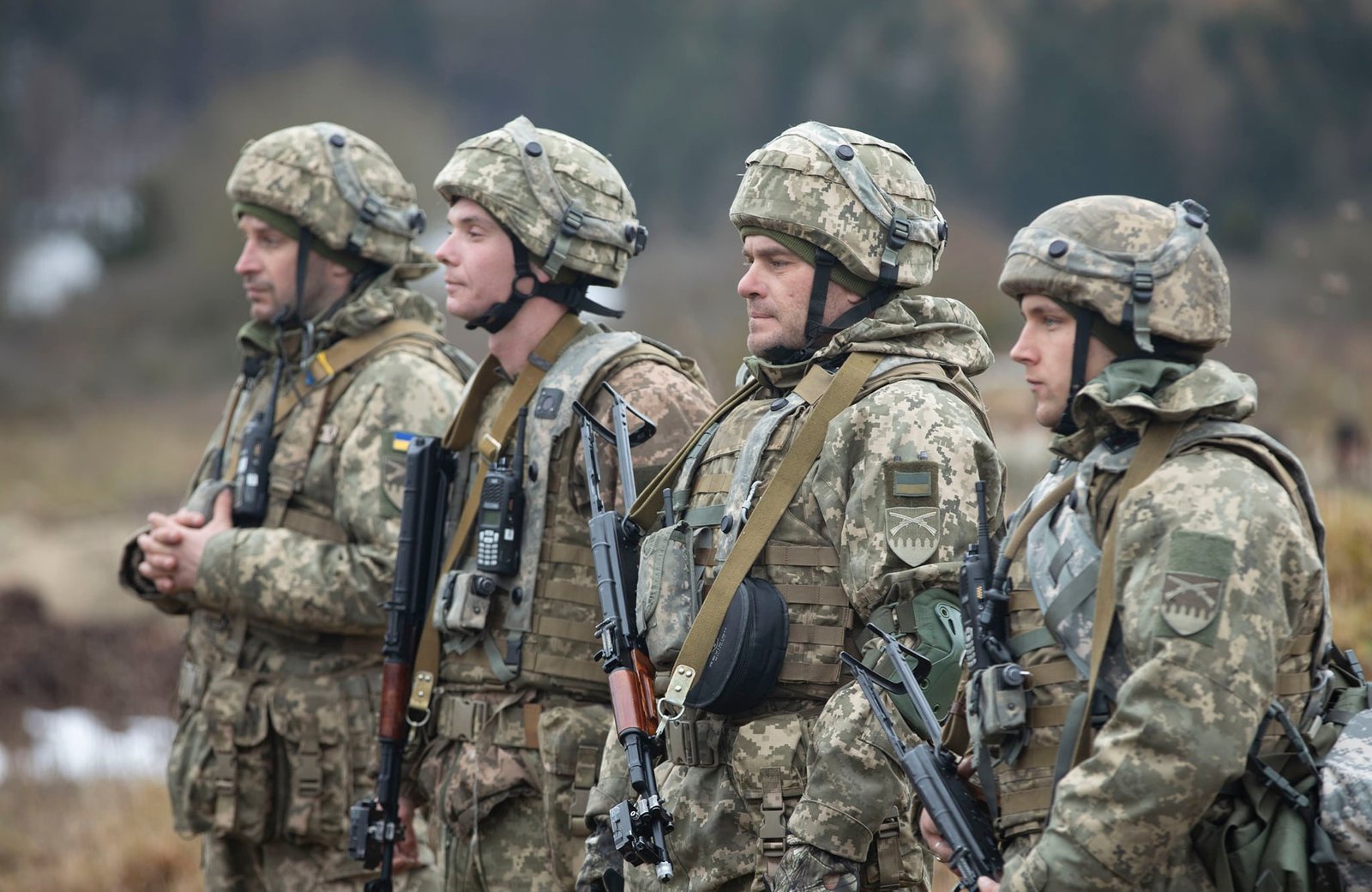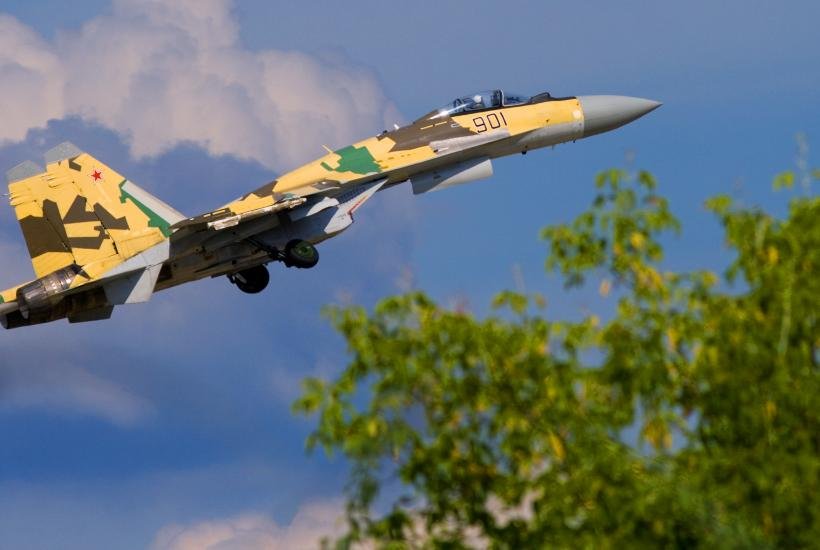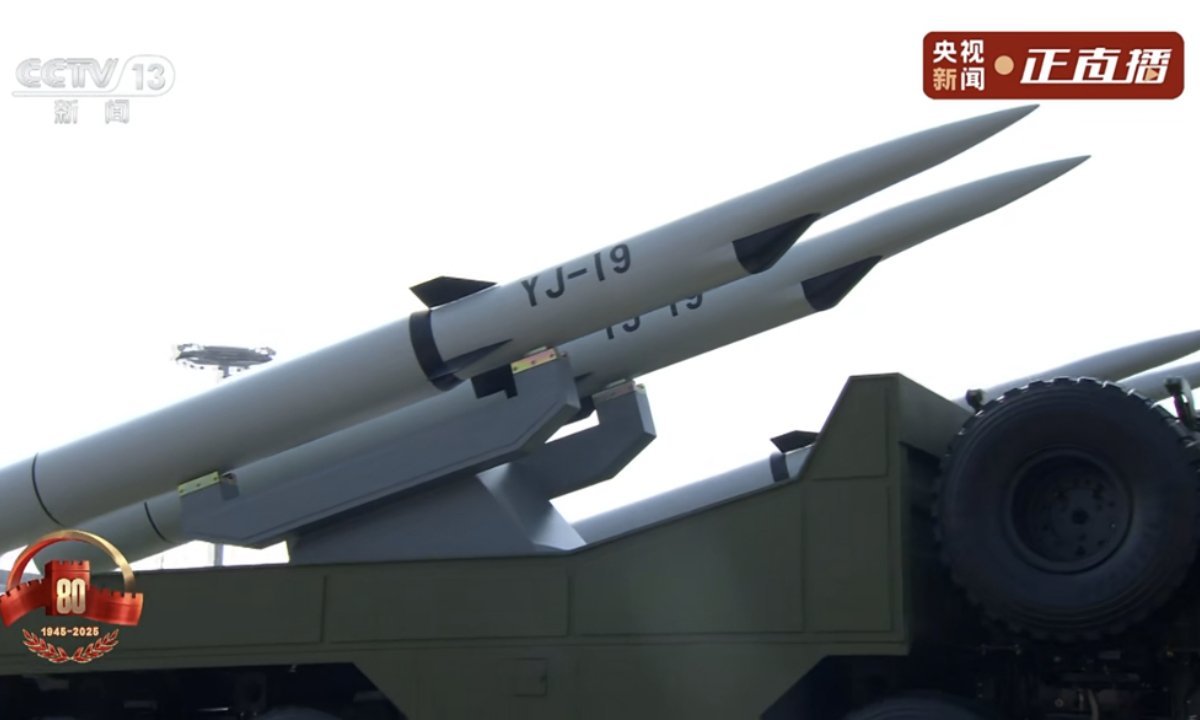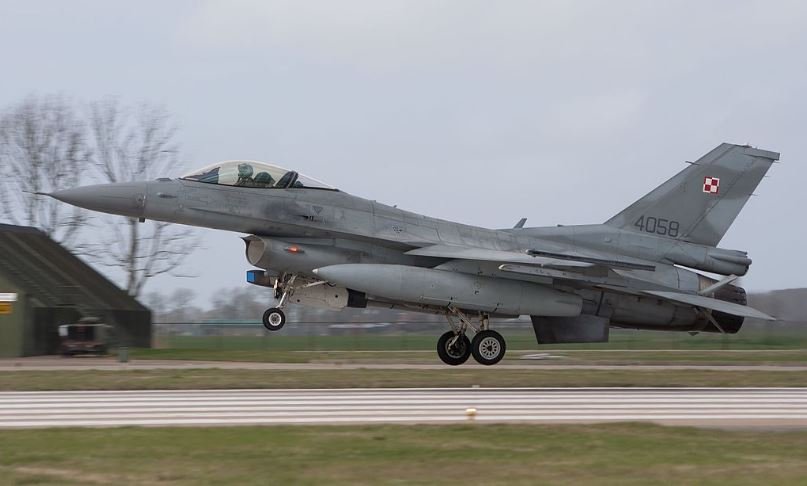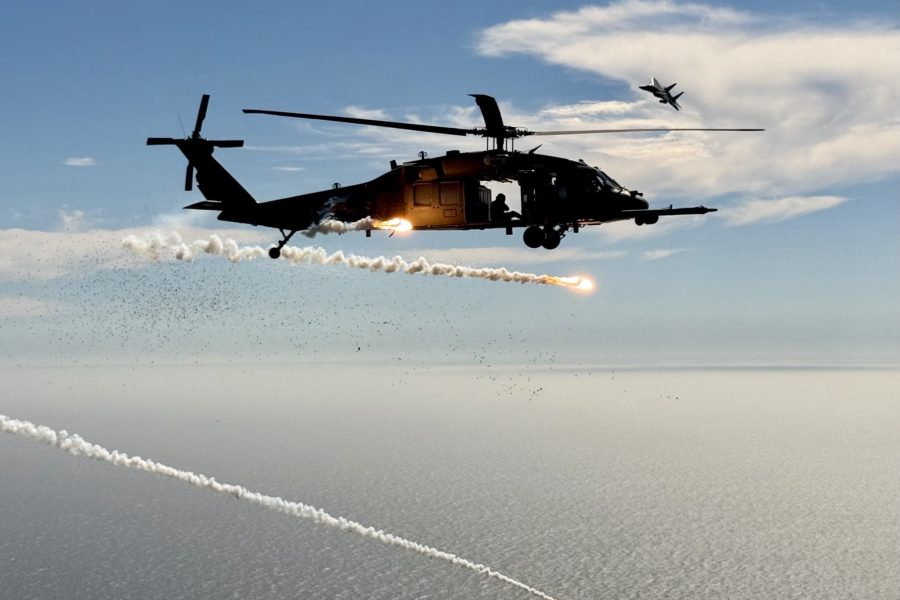
Apocalypse Test: China Tests Decentralized Strike Strategy
China’s coastal defense forces have conducted extensive exercises in challenging conditions, according to journalists from the US military magazine Military Watch Magazine (MWM). The article describes how Beijing is improving its missile forces to repel maritime threats.
China’s coastal defense network, deployed under the Eastern Theater Command of the People’s Liberation Army Navy, conducted a series of combat exercises in unfamiliar terrain to test and enhance its adaptability to a battlefield with high-intensity operations. An unspecified coastal missile regiment focused on rapid deployment and strike coordination, conducting long-distance inter-regional movements before live-fire exercises. Deployed early warning systems quickly identified approaching targets and transmitted data about them in real time via secure communication channels to the command post, which allowed multiple strike groups to quickly plan optimal attack routes. The strike units carried out synchronized missile launches against simulated naval targets, while the use of a new, more decentralized deployment scheme increased the effectiveness of the strike.
The People’s Liberation Army’s coastal defense is considered one of the most powerful in the world and has a wide arsenal of mobile cruise missiles capable of hitting targets at considerable distances at sea. Most launchers are equipped with YJ-12 and YJ-62 anti-ship missiles, although future versions of the launchers are expected to also be equipped with hypersonic missiles, such as the YJ-20.
While coastal defense systems are primarily relied upon by states without large surface fleets, such as Russia, Vietnam, and North Korea, China continues to invest heavily in these capabilities despite possessing one of the most powerful surface fleets in the world. The advent of new generations of longer-range and more accurate cruise missiles, as well as greatly improved reconnaissance capabilities over the East China, Yellow, Japan, and South China Seas, allow coastal defense systems to play a much more significant role in regional conflicts. The proximity of many potential flashpoints to the coast of mainland China, including the Taiwan Strait and adjacent waters, makes these systems a key element of national defense.
The exercises included various scenarios in which initial salvos failed to completely destroy targets, prompting backup units to immediately launch follow-up strikes. In one incident, an enemy ship attempted to evade the initial wave of missile attacks, but the command post quickly dispatched a second strike group to destroy the target after receiving updated intelligence.
The Coastal Regiment also tested new counter-drone capabilities, employing a three-layer defense system combining electronic jamming, kinetic interception, and cloaking to reduce the effectiveness of reconnaissance and strike operations by enemy drones. In one scenario, decoys were used to confuse and distract enemy reconnaissance drones.
Although the role of coastal defense systems has been significantly reduced since the Cold War, they continue to receive funding for combat readiness and re-equipment, remaining a relatively inexpensive but highly effective element of regional defense.


Martin Scholz




